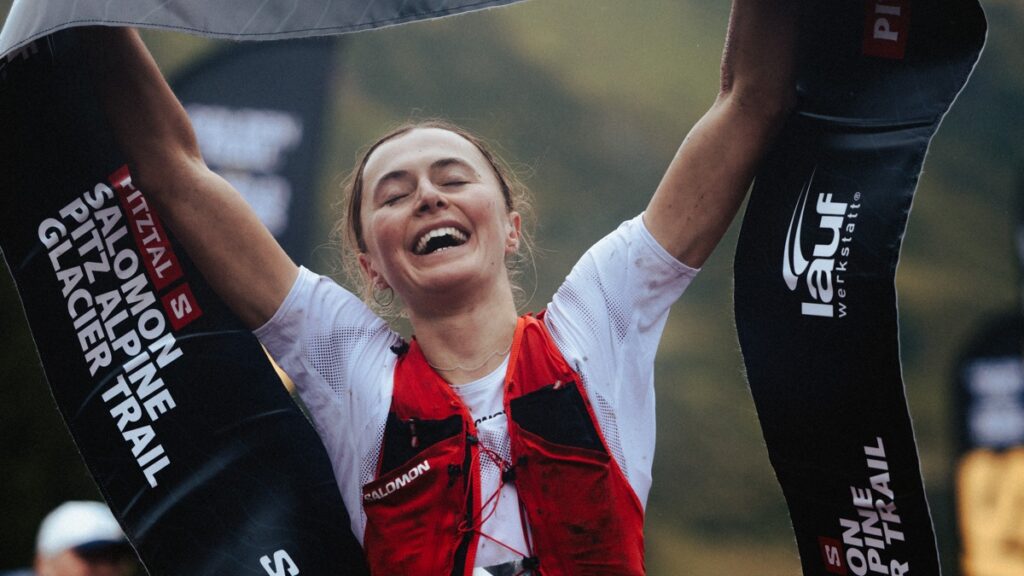The trail and ultrarunning scene this week brought forth notable insights and updates, essential for experienced participants gearing up for mountain races of varying distances. The Pitz Alpine Glacier Trail in Austria, part of the Golden Trail World Series, faced significant weather disruptions that cut the original course from 23.5 kilometers to 20 kilometers, with a reduced elevation gain of 1,000 meters. Such conditions highlight the importance of adaptive strategies in race planning. A muddy terrain, carrying with it a risk of slips and fatigue, demands a reevaluation of pacing during the race. It’s pivotal for runners to factor in changing course conditions and adjust their race strategies accordingly, particularly when facing downsized challenges in extended races.
Competitors often align their schedules based on key events throughout the season. This particular race saw the absence of leading women, such as Mădălina Florea and Joyce Njeru, and the top male contenders, including Elhousine Elazzaoui and Patrick Kipngeno, who were likely conserving energy for the upcoming, more competitive Sierre-Zinal. Understanding race timing and the rivalry landscape is crucial; effective rest and strategic race placements can significantly influence performance in peak competitions.
In the women’s race at Pitz, Naomi Lang of the U.K. capitalized on her downhill running skills, leveraging a strong performance that showcased how pivotal downhill strategy can be in mountain ultras. Starting conservatively during the uphill segment to maintain energy reserves for a robust downhill opening could be an approach worth examining for those preparing for races with similar profiles. Lang’s finishing time of 1:49:51 exemplifies an effective pacing strategy in a fast downhill section, allowing her to build a gap over her competitors. The podium results shed light on emerging competitors while subtly signaling a shift in competitive dynamics, particularly where Kenyan athletes did not dominate as typical.
On the men’s side, Timothy Kibett’s performance, finishing first in 1:32:43, underscores the significance of tactical elevation management. His ability to break free early in the downhill segment indicates a calculated risk; launch into the lead when conditions allow and capitalize before the chase group can respond. Samwel Kiprotich’s close finish at 1:32:47 also emphasizes the competitive depth in the field, and runners should note how a solid yet steady race plan can be just as effective as aggressive positioning.
The FlettaTrail Malonno event in Italy, rich with a 62-year history, offered a different kind of challenge, presenting participants with back-to-back uphill and downhill races over the weekend. This format requires mental agility to switch pacing strategies from relentless uphill efforts to the technical demands of downhill segments. Andrea Mayr’s continued success—claiming her eighth victory—illustrates the balance between experience and evolving race conditions. Experienced mountain runners might consider replicating varied pace sessions throughout training weeks to mirror the fluctuations seen in such competitive environments.
In Canada, the 25th Canadian Death Race presented an ultra distance of 118 kilometers involving considerable elevation changes. Kim Cameron’s successful title defense emphasizes the importance of detailed terrain familiarity and hydration strategies, especially in races with significant elevation gain and risk of dehydration. Her finishing time of 15:19 could serve as a benchmark for female runners targeting endurance over long distances, while Ethan Peters not only secured the win but also set a new course record at 11:36, surpassing Rickey Gates’ previous mark and demonstrating the evolving competitive standard in distance racing.
As for new developments in the sport, more established races, such as La 6000D in France and Quito Trail in Ecuador, showcased international representations and growing diversity within the ultra community. These races illustrate the trend of varying environmental demands on runners, emphasizing adaptability in performance. Competitive runners must be aware of climatic and altitudinal challenges that impact hydration, nutrition, and pacing strategies.
Gear continues to evolve within the sport, affecting reliability and weight. Runners should stay updated on innovations in footwear and hydration systems that improve comfort over prolonged periods and varying terrains. Such advancements can be the difference between a podium finish and a struggle to endure. Moreover, considering race-specific nutrition, whether that be solid or liquid options, becomes essential as race times extend, and energy demands fluctuate.
From these insights, the prevailing takeaway for experienced mountain ultrarunners is to cultivate a multi-faceted race strategy that incorporates flexibility based on weather conditions, course profiles, and competitor dynamics. Balancing stamina and tactical pacing through both uphill and downhill segments while staying current with gear innovation can significantly enhance performance and race outcomes. Embracing the intricate dance of preparation and adaptability is vital for succeeding in the demanding world of mountain ultras.
